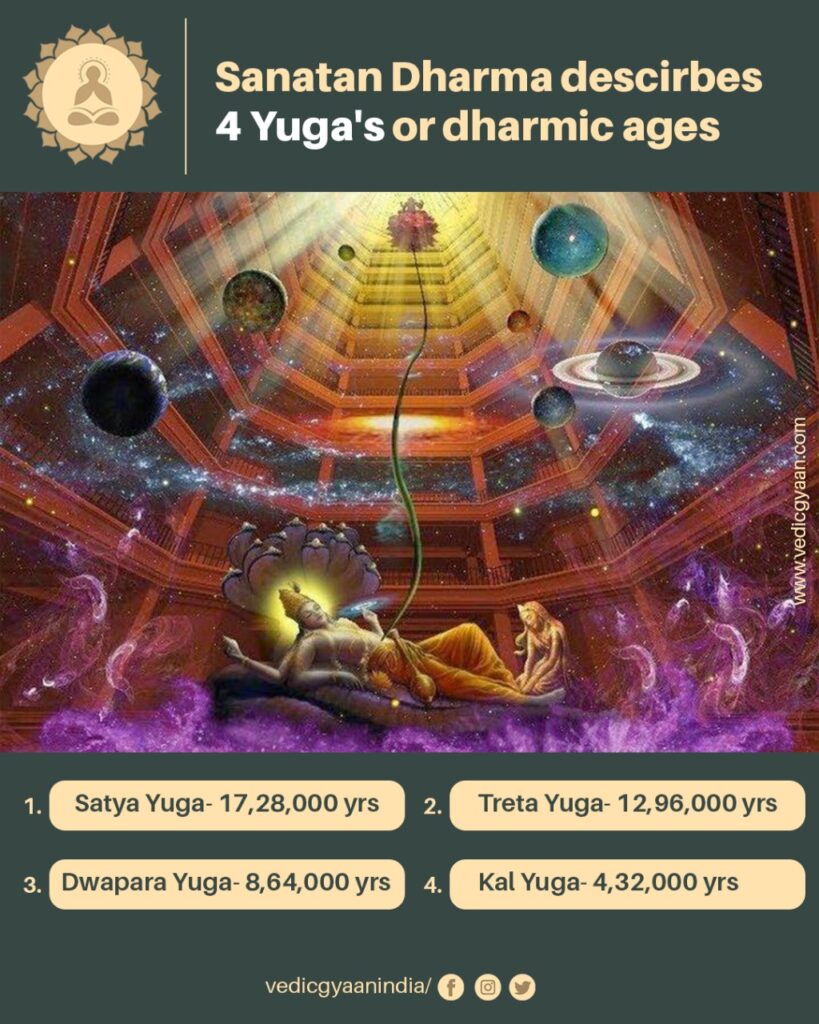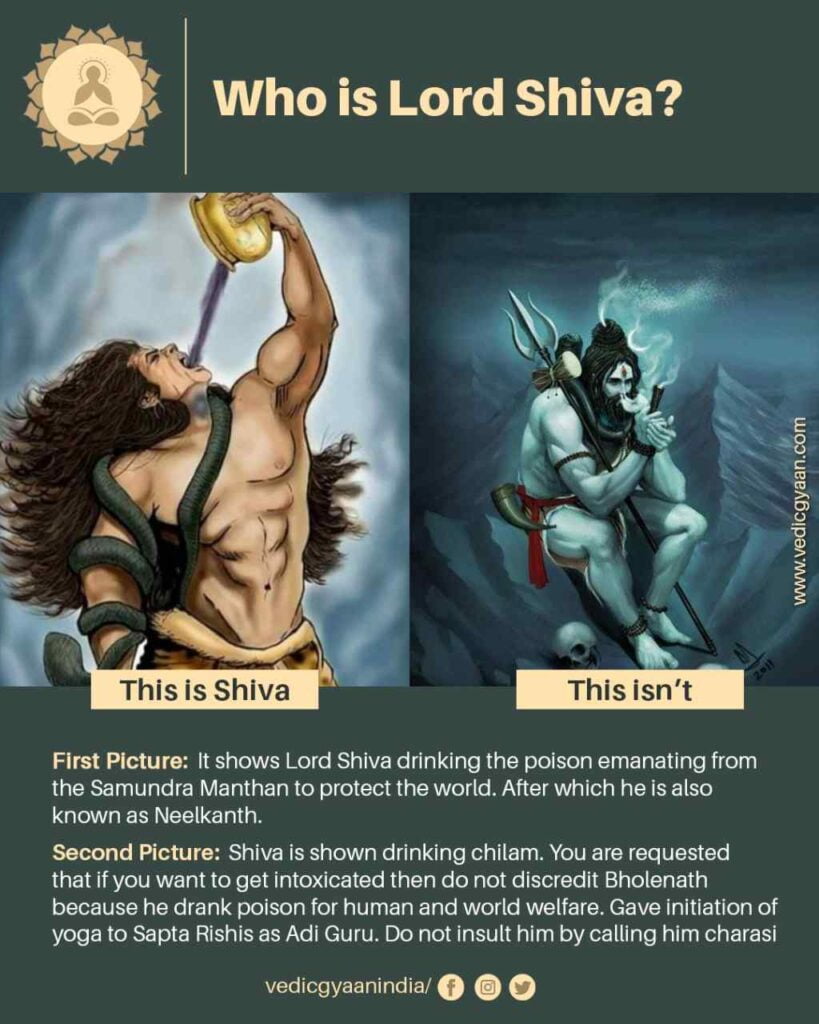Vedic Science is a part of one of the world’s oldest and most diverse religions. It has a long history of nurturing intellectual pursuits and knowledge in various fields. Throughout history, numerous Hindu sages and scholars have contributed to human advancements in science, mathematics, astronomy, cosmology, and medicine. Let’s discuss some of these Vedic Rishis and their contribution to the field of science.
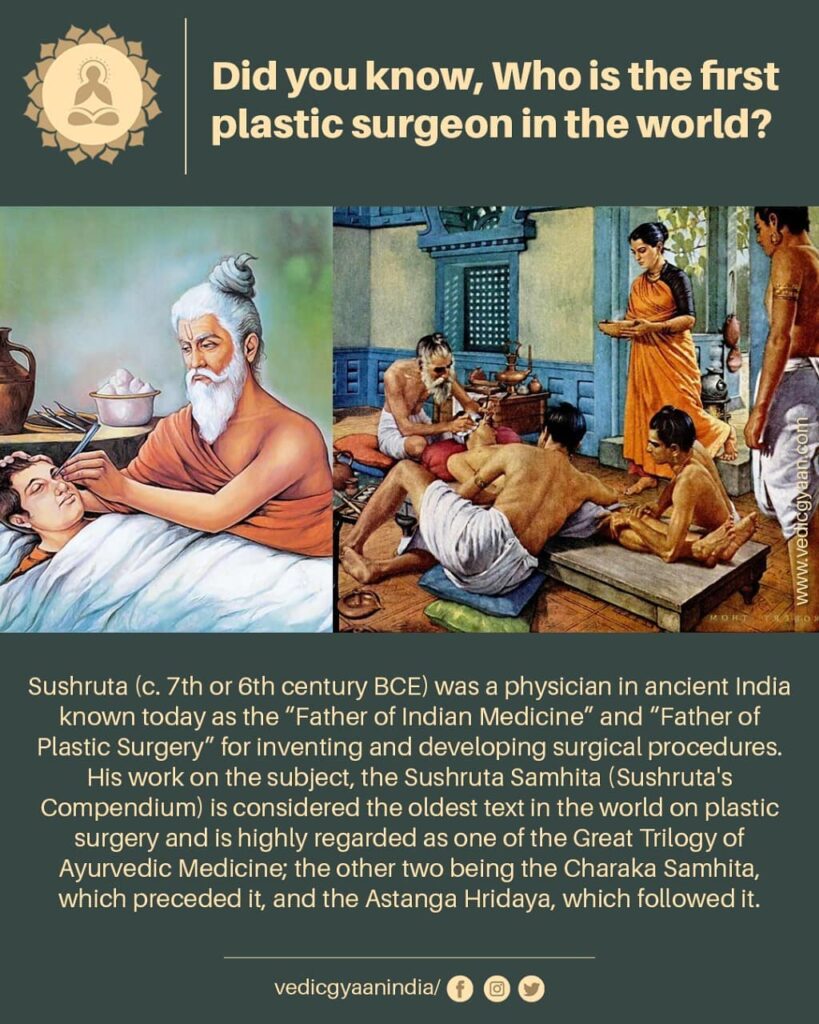
Aryabhatta:
Aryabhata is the pioneer among a distinguished lineage of mathematician-astronomers from classical India. His legacy encompasses a series of writings on both mathematics and astronomy. His most significant work, the Aryabhatiya, is a comprehensive compendium covering mathematical and astronomical concepts. This work held such prominence that it was extensively referenced in subsequent Indian mathematical literature and has endured through the ages.
Within the Aryabhatiya, Aryabhata’s mathematical contributions encompass a range of topics, including arithmetic, algebra, plane trigonometry, and spherical trigonometry. Furthermore, the text introduces concepts like continued fractions, quadratic equations, power series summation, and a comprehensive table of sine values.
Notably, Aryabhata also devised a methodology for calculating the movements of celestial bodies, including planets, and accurately predicting the timing of eclipses. His groundbreaking contributions continue to be recognized and revered in mathematics and astronomy.
Bharadwaj:
Acharya Bharadwaj has contributed to ancient Indian knowledge systems, particularly in Ayurveda and mechanical sciences. He is traditionally regarded as the author and founder of Ayurveda and is known for his work “Yantra Sarvasva.” This text is said to contain remarkable and groundbreaking discoveries in various scientific areas, including aviation science, space science, and flying machines.
In “Yantra Sarvasva,” Acharya Bharadwaj is believed to have documented a range of innovative and advanced concepts related to mechanical engineering, aeronautics, and space exploration. These include descriptions of flying machines or yantras and insights into the principles governing their operation.
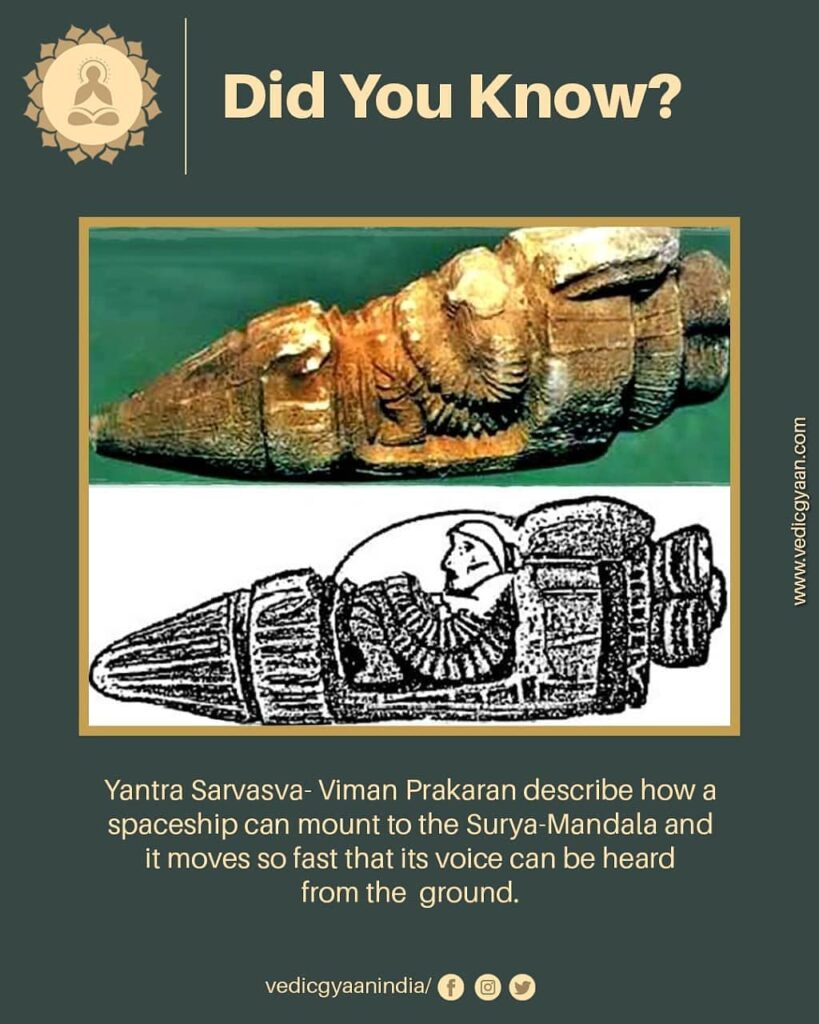
Acharya Charak:
Acharya Charak is the Father of Medicine for his monumental contributions to the field of Ayurveda. His magnum opus, the “Charak Samhita,” is often regarded as a treasure trove of Ayurvedic knowledge. Remarkably, Charak’s principles, diagnoses, and treatments continue to demonstrate their effectiveness and validity even after the passage of millennia.
At a time when the science of anatomy in Europe was in confusion due to various competing theories, Acharya Charak, through his innate genius and relentless inquiry, unravelled essential truths about human anatomy, embryology, pharmacology, blood circulation, and the understanding of diseases like diabetes, tuberculosis, and heart disease. His insights laid a solid foundation for the advancement of medical knowledge.
Within the pages of the “Charak Samhita,” Charak detailed the medicinal properties and functions of an astounding 100,000 herbal plants. He emphasized the profound influence of diet and lifestyle on mental and physical health, recognizing the intricate correlation between spirituality and well-being. Additionally, Charak set forth ethical guidelines for medical practitioners.
Rishi Kanad:
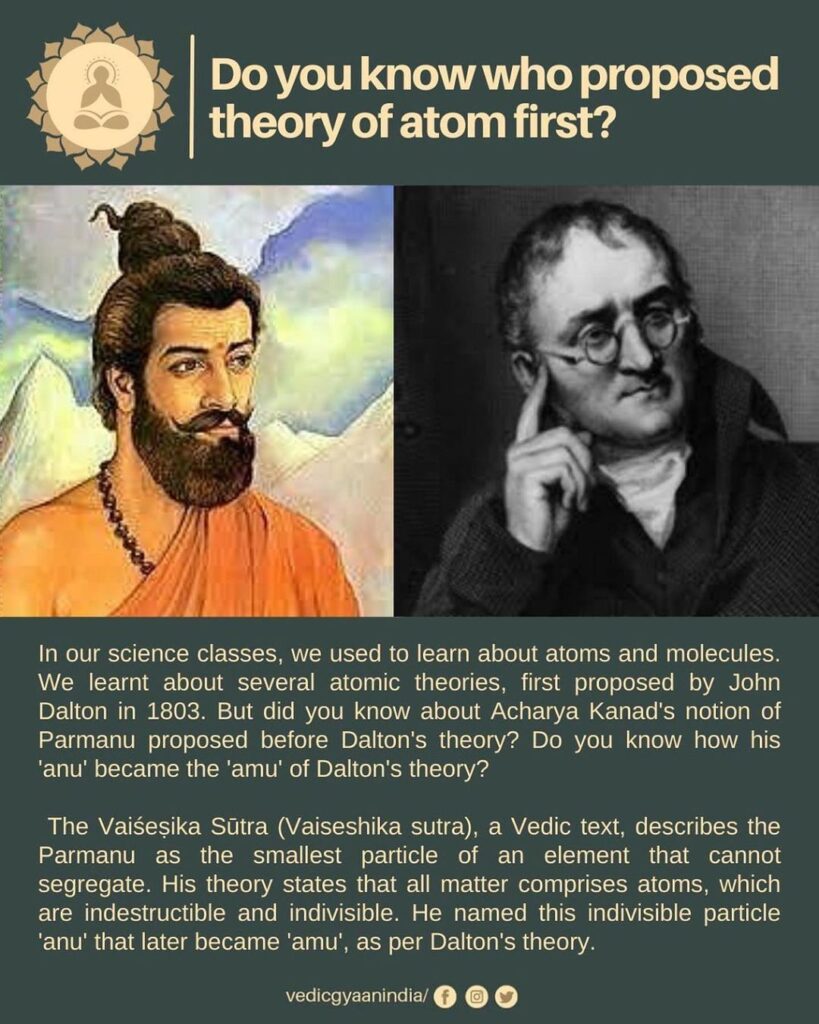
Kanada was a distinguished Hindu sage and philosopher renowned for establishing the philosophical school of Vaisheshika and composing the seminal text known as the Vaisheshika Sutra.
His primary area of expertise delved into Rasavadam, often considered a form of alchemy. A notable aspect of Kanada’s philosophy was his belief in the fundamental composition of all living beings from five elemental components: water, fire, earth, air, and Aether (classical element). According to his worldview, vegetables have water, insects comprise water and fire, and birds have water, fire, earth, and air. While humans, being at the pinnacle of creation, possessed either—the faculty of discrimination that encompassed concepts such as time, space, and mind.
Kanada’s groundbreaking assertion that “Every object of creation is made of atoms which in turn connect to form molecules” marked the introduction of the Atomic Theory for the first time in the world. He describes the dimensions, movements, and chemical interactions of atoms. He laid the foundation for an early understanding of atomic science.
Rishi Sushrut
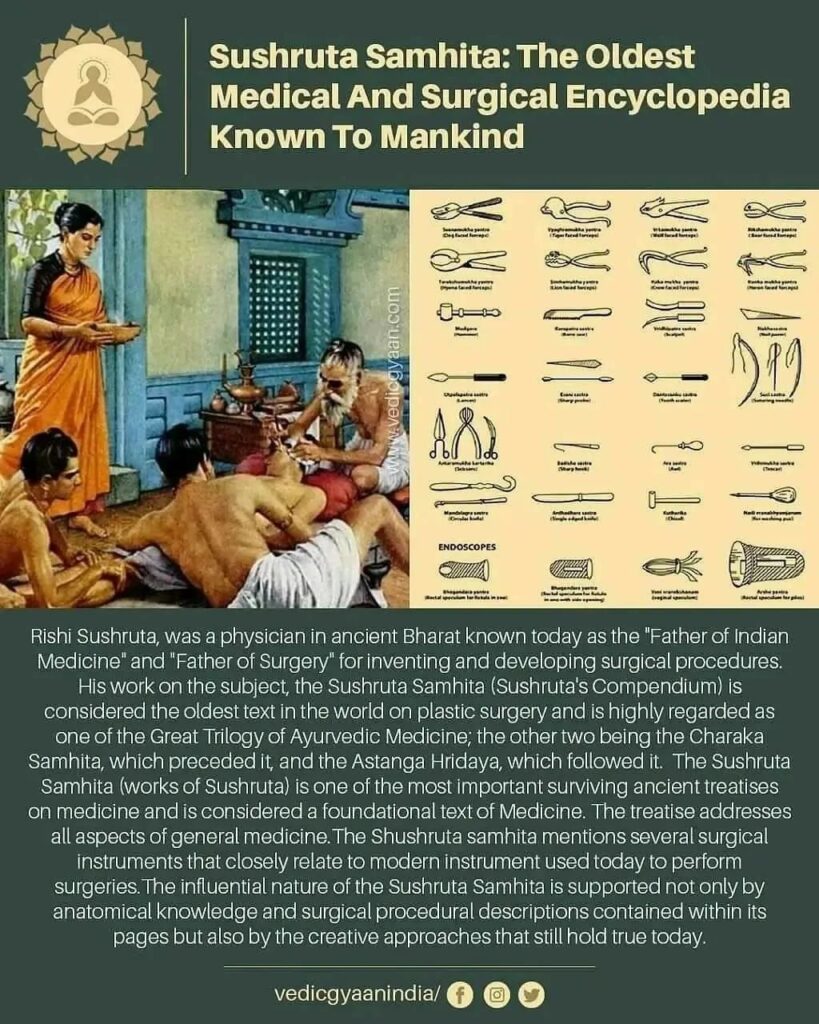
Sushruta, an ancient Indian surgeon often credited as the author of the Sushruta Samhita, is widely recognized as the “pioneer of surgery.” His work in the Sushruta Samhita is esteemed as an exceptional and comprehensive exposition of surgical medicine.
Within the pages of the Sushruta Samhita, Sushruta delves into a wide array of surgical techniques and procedures. These encompass the precise methods for performing incisions, the skilled handling of probes, the extraction of foreign objects from the body, and the use of alkali and thermal cauterization. Additionally, he discusses tooth extractions, surgical excisions, and the utilization of trocars for draining abscesses, hydroceles, and ascitic fluid.
Sushruta’s contributions extend further to encompass surgical procedures for the removal of the prostate gland, the dilation of urethral strictures, vesiculolithotomy, hernia surgery, caesarean sections, and the management of various medical conditions like haemorrhoids, fistulae, and complications such as intestinal obstruction, perforated intestines, and accidental abdominal perforations leading to omentum protrusion. He also outlines the fundamental principles of fracture management, which involve techniques like traction, manipulation, apposition, and stabilization. Furthermore, he touches upon aspects of rehabilitation and the fitting of prosthetics.
The Sushruta Samhita doesn’t stop at surgical practices alone; it also categorizes six types of dislocations, identifies twelve varieties of fractures, and classifies bones with their responses to injuries. Additionally, Sushruta’s work includes eye diseases, including insights into the surgical treatment of cataracts.
Sushruta’s enduring legacy lies in his meticulous documentation and profound contributions to the realms of surgery and medical science, making him a revered figure in the history of medicine.

